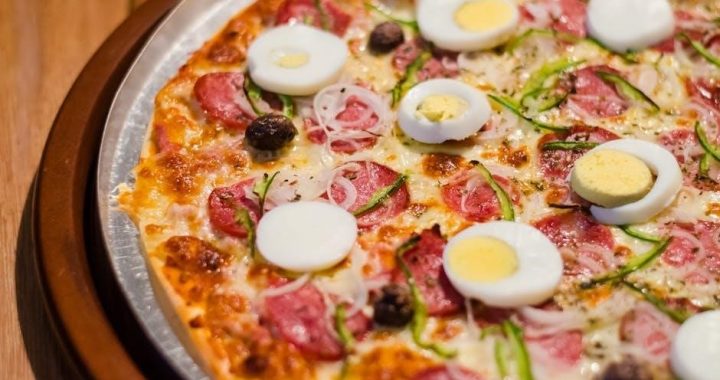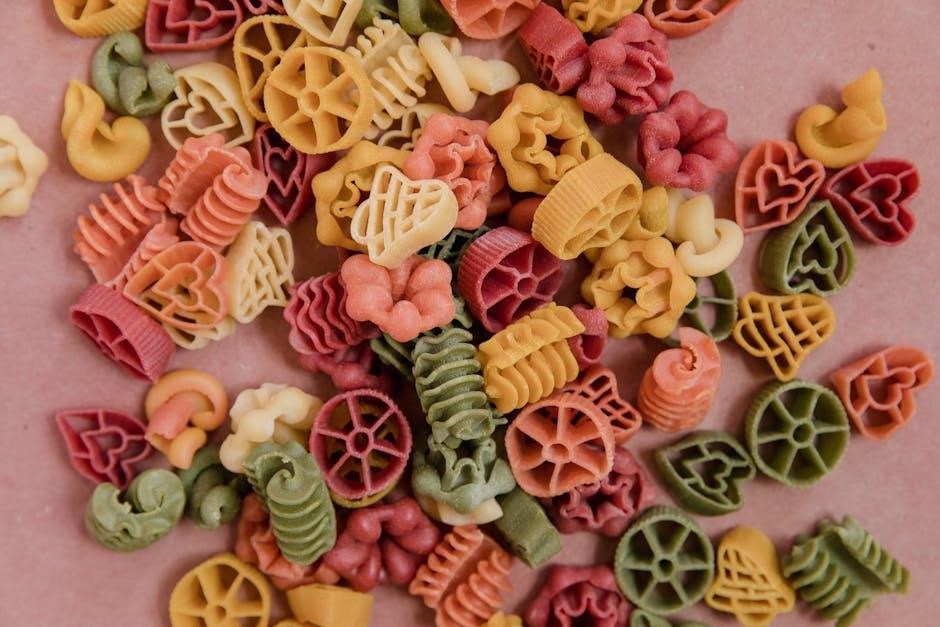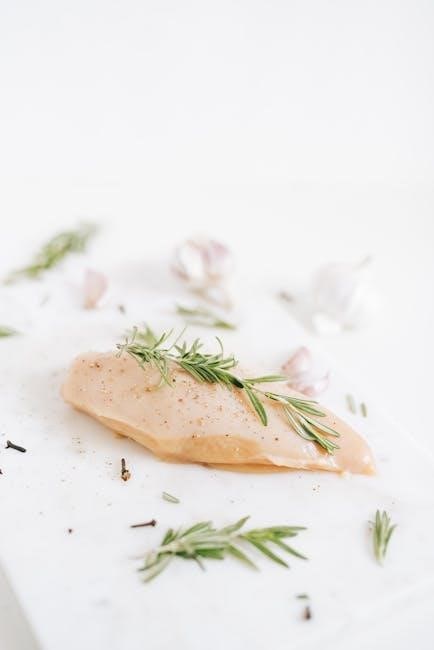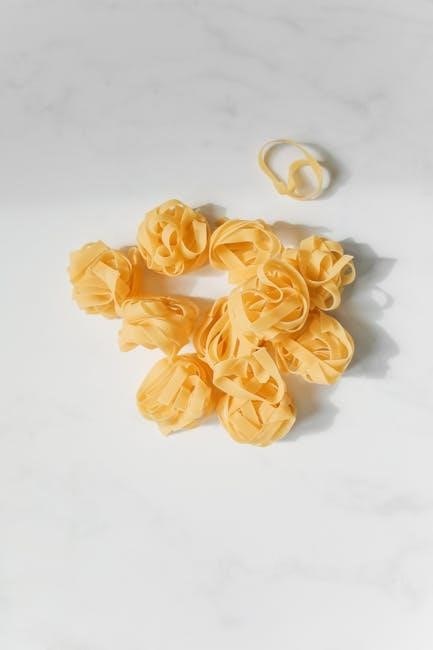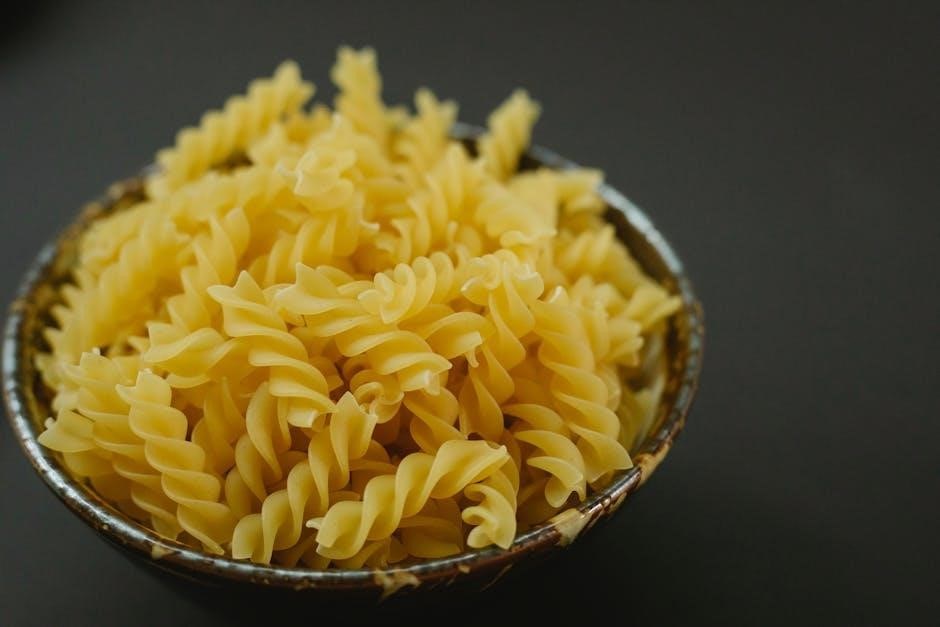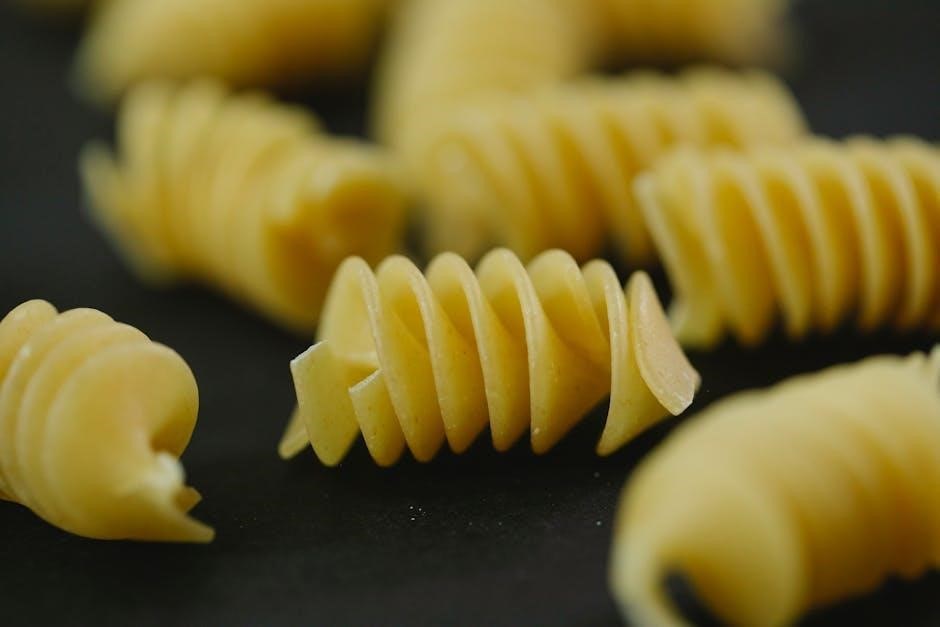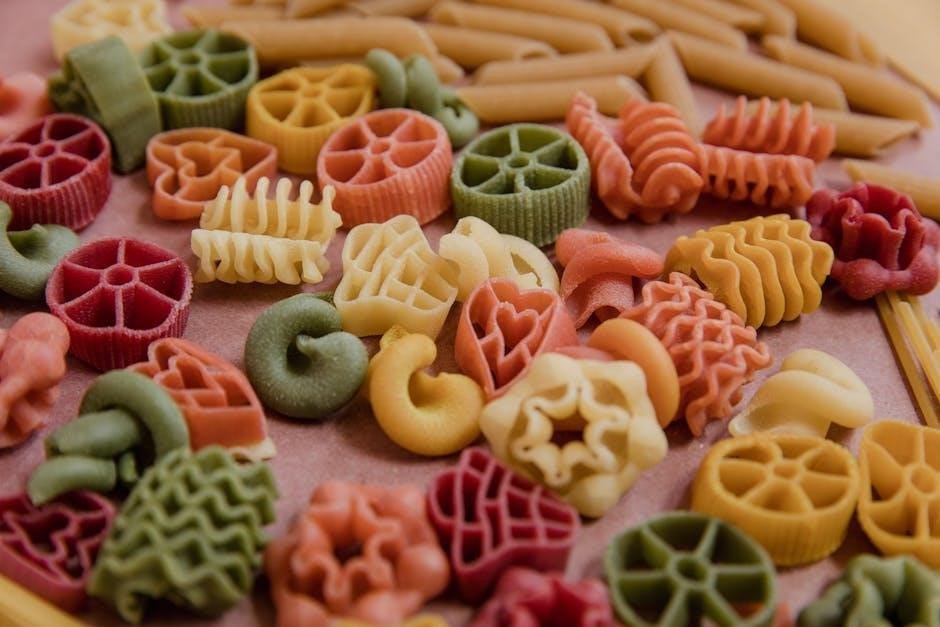Willow tree propagation is a simple and effective method to clone these versatile trees, leveraging their natural ability to root easily from cuttings, ensuring high success rates.
Why Willow Trees Are Popular for Cloning
Willow trees are highly popular for cloning due to their remarkable ability to root easily from cuttings. Their natural production of rooting hormones ensures a high success rate, making them ideal for propagation. Cloning willows allows gardeners to replicate desirable traits like rapid growth, adaptability, and aesthetic appeal. This method is particularly favored for its simplicity and efficiency, enabling quick multiplication of these versatile trees. The ease of propagation makes willows a favorite among both hobbyists and professionals for landscaping and environmental projects.
Overview of Common Propagation Methods
Willow trees can be propagated using several effective methods, including cuttings, grafting, and air layering. Cuttings are the most popular due to their high success rate and simplicity. Planting cuttings directly in soil or rooting them in water are common approaches. Grafting involves attaching a section of a willow to another tree’s root system, while air layering encourages rooting on a branch before cutting. These methods leverage the tree’s natural rooting hormones, making propagation straightforward and efficient for both beginners and experienced growers.
Propagation Methods for Willow Trees
Willow trees can be propagated using cuttings, grafting, or air layering; These methods leverage the tree’s natural rooting abilities, ensuring high success rates and quick establishment of new plants.
Using Cuttings in Water
Using cuttings in water is a popular method for cloning willow trees. Simply place fresh cuttings in a glass of water, ensuring the nodes are submerged. Change the water every few days to prevent bacterial growth. Roots typically develop within weeks, encouraged by the tree’s natural rooting hormone. Once white roots form, transfer the cutting to soil. This method is straightforward and highly effective for willow propagation, with many reporting success within a short period.
Planting Cuttings Directly in Soil
Planting willow cuttings directly in soil is a straightforward method with a high success rate. Choose a location with well-draining soil and full sun to partial shade. Insert the cutting into the ground, burying at least two nodes. Water thoroughly and maintain consistent moisture. Roots develop quickly, often within weeks. This method is ideal for larger cuttings and promotes faster growth. Ensure the soil remains moist but not waterlogged for optimal results. Willow trees thrive in such conditions, making this a popular choice for gardeners and propagators alike.
Grafting Techniques
Grafting involves attaching a section of a willow tree (scion) to the rootstock of another tree. This method allows for combining desirable traits, such as disease resistance or vibrant foliage. The scion is carefully cut and joined to the rootstock, ensuring proper alignment of vascular tissues. The union is secured with grafting tape and wax to promote healing. Grafting is ideal for preserving specific genetic characteristics and can enhance growth in challenging environments. It requires precision but offers a high success rate when executed correctly, making it a valuable propagation technique for willow trees.
Air Layering Method
Air layering is a propagation technique where a section of a willow branch is rooted while still attached to the parent tree. A small wound is made on the stem, and rooting hormone is applied. The area is then wrapped in a moist medium, like sphagnum moss, and enclosed in a plastic bag. Roots develop within weeks, and the branch can be cut below the rooted section and planted. This method ensures high success rates, especially for larger or older branches, and is ideal for maintaining the genetic traits of the parent tree.

Step-by-Step Guide to Cloning a Willow Tree
Clone a willow tree by cutting a healthy branch, rooting it in water or soil, and planting the rooted cutting in well-draining soil for optimal growth.
Preparing the Cutting
Start by selecting a healthy willow branch, ideally from the current season’s growth. Cut a section 6-12 inches long, just above a node, using sharp, clean tools to prevent infection. Remove lower leaves, leaving only a few at the top to reduce moisture loss. If necessary, dip the cut end in rooting hormone to enhance root development. Ensure the cutting is fresh and free of damage for the best chance of successful cloning. Proper preparation is key to initiating the rooting process effectively.
Rooting the Cutting
Place the prepared cutting in water or directly into moist soil. For water rooting, change water every few days to prevent bacteria growth. Roots typically develop within weeks. If using soil, ensure it’s well-draining and maintain consistent moisture. Keep the cutting in a bright, indirect light location. Rooting hormone can accelerate the process. Monitor progress, and once roots form, the cutting is ready to be planted. This method leverages the willow’s natural rooting ability, making it a reliable technique for successful cloning.
Planting the Rooted Cutting
Once the cutting has developed roots, carefully plant it in well-draining soil. Choose a sunny or partially shaded location. Dig a hole twice the size of the root system, gently placing the rooted cutting inside. Fill the hole with soil, ensuring the base of the stem is level with the ground. Water thoroughly and keep the soil consistently moist. Applying rooting hormone can enhance establishment. Protect young trees from strong winds. Proper care ensures a healthy start, allowing the cloned willow to thrive and grow into a mature tree.

Advantages of Cloning Willow Trees
Cloning willow trees offers fast growth, genetic consistency, and a high success rate, making it an efficient method for replicating desired traits and ensuring robust new plants.
Fast Growth and Maturity
Cloning willow trees ensures rapid growth and early maturity due to their ability to produce rooting hormones naturally. This method skips the germination phase, allowing the new plant to focus on vegetative growth immediately. As a result, cloned willows often reach maturity within a few years, displaying the same characteristics as the parent tree. This fast development makes cloning particularly advantageous for landscaping and reforestation projects, where quick establishment is desired. Additionally, the vigorous growth rate of willows contributes to their popularity in such applications.
Genetic Consistency
Cloning willow trees ensures genetic consistency, as the new plant is an exact replica of the parent tree. This method preserves the desirable traits, such as growth rate, shape, and disease resistance, making it ideal for maintaining specific characteristics. Unlike seed-grown trees, which can vary significantly, clones guarantee uniformity. This consistency is particularly valuable for landscaping, bonsai creation, or large-scale planting projects, where predictable outcomes are essential. By bypassing the seedling stage, cloning ensures the new tree inherits all the parent’s advantageous features, providing reliable results every time.
High Success Rate
Cloning willow trees through cuttings offers a high success rate due to their natural rooting ability. Willows contain hormones that promote root development, making them highly suitable for propagation. With proper care, such as maintaining moist soil or changing water regularly, cuttings quickly develop roots and grow into healthy trees. This method is particularly advantageous for gardeners and growers, as it ensures a strong and vigorous start, leading to successful establishment of new plants with minimal effort and resources compared to other propagation techniques.

The Fascinating History of Weeping Willow Bonsai
Weeping willow bonsai traces its origins to ancient Asian cultures, where the tree’s graceful drooping branches were highly valued. Bonsai artists perfected training techniques to emphasize its natural beauty, creating a timeless art form cherished for centuries.
Origins and Development
The weeping willow bonsai has its roots in ancient Asian horticulture, where the tree’s drooping branches were admired for their aesthetic appeal. Early cultivators in China and Japan refined propagation techniques, such as grafting and air layering, to create compact, ornamental versions of the tree. Over centuries, these methods were perfected, allowing the weeping willow to become a popular bonsai specimen. Its development reflects a blend of artistic vision and horticultural skill, making it a timeless favorite among bonsai enthusiasts worldwide.
Training and Propagation Techniques
Training and propagating weeping willow bonsai involves precise techniques to achieve the desired shape and size. Grafting is commonly used to combine a weeping willow branch with a robust rootstock, ensuring stability and aesthetic appeal. Air layering is another method, where a section of the branch is rooted while still attached to the tree, promoting healthy growth. Regular pruning and wiring are essential to maintain the bonsai’s structure. By mastering these techniques, enthusiasts can create stunning, compact versions of the weeping willow, preserving its natural beauty in a controlled form.

Additional Resources for Willow Tree Cloning
Explore detailed guides and videos on willow propagation, including step-by-step instructions for water, soil, and grafting methods. Ideal for both beginners and experts seeking to master cloning techniques and achieve successful results with minimal effort and maximum yield.
Recommended Tools and Materials
For successful willow cloning, essential tools include sharp, clean pruning tools, rooting hormone powder or liquid, pots or containers with drainage holes, well-draining soil, and water containers. A heat mat can accelerate rooting, while a clear plastic bag helps maintain humidity. Gloves and a rooting tray are optional but useful. Ensure all tools are sterilized to prevent contamination. High-quality materials enhance rooting success and minimize failures, making the propagation process efficient and reliable for achieving healthy, thriving willow clones.
Suggested Reading and Videos
For a comprehensive guide, explore books like “The Art of Willow Propagation” and online tutorials such as “Cloning Willow Trees at Home.” YouTube channels like Green Thumb Gardening offer step-by-step videos. Videos titled “How to Grow a Willow Tree from a Cutting” and “Willow Tree Propagation Made Easy” provide practical demonstrations. These resources cover techniques, tools, and troubleshooting, ensuring a thorough understanding of the cloning process and improving success rates for both beginners and experienced gardeners. They are invaluable for mastering willow tree cloning effectively.

